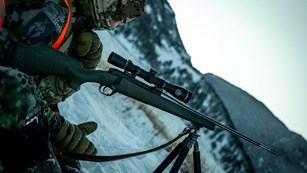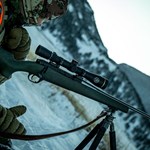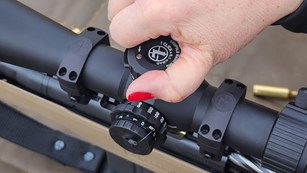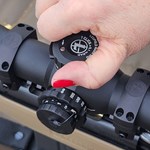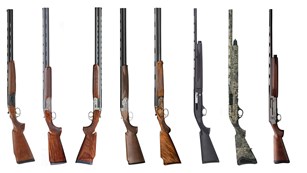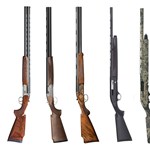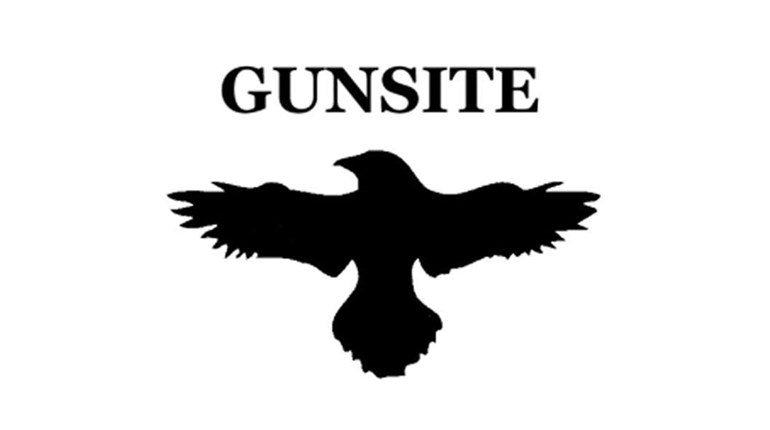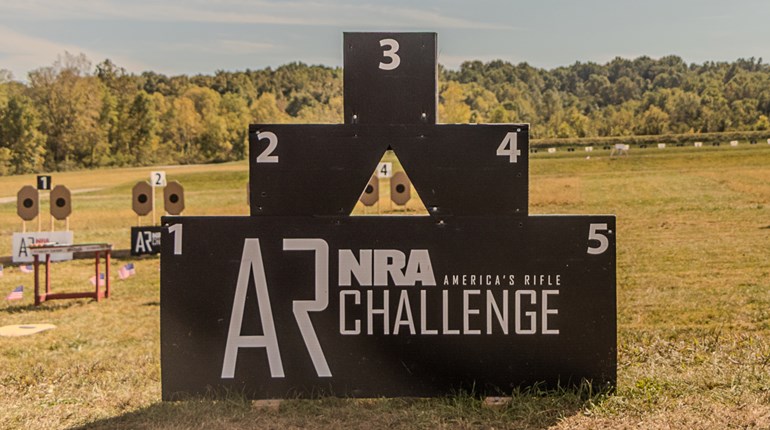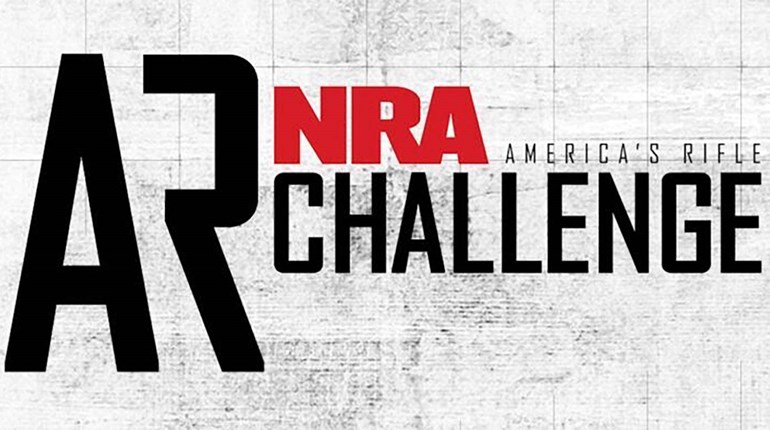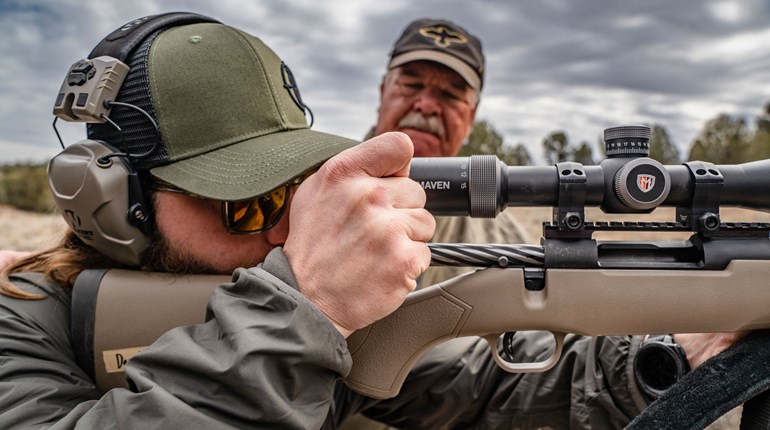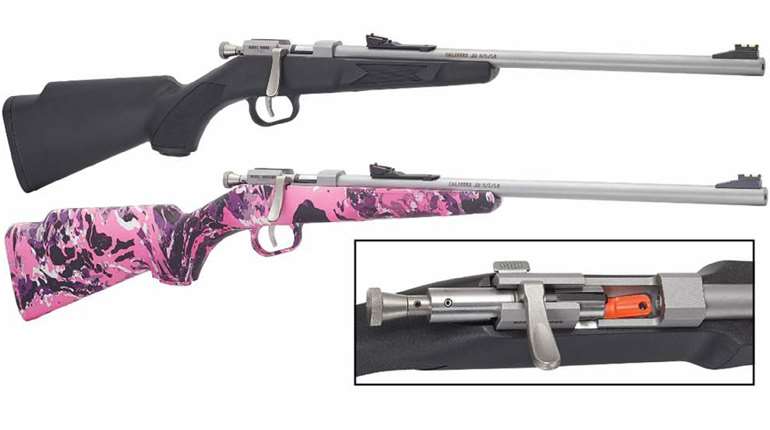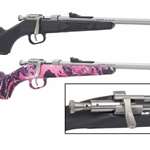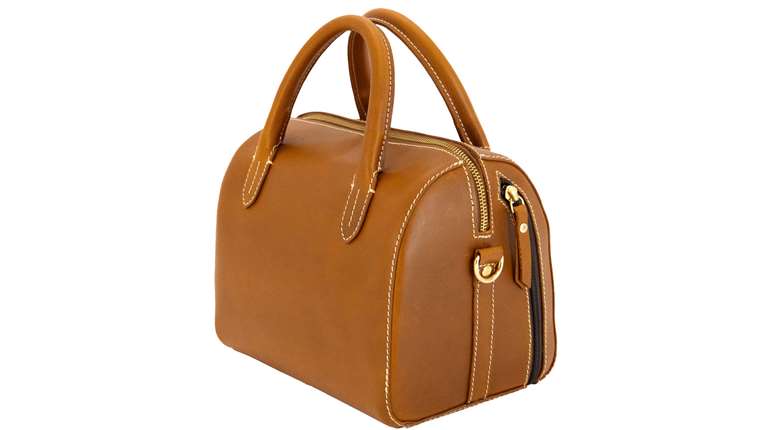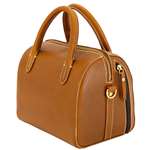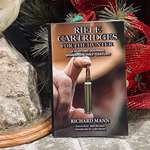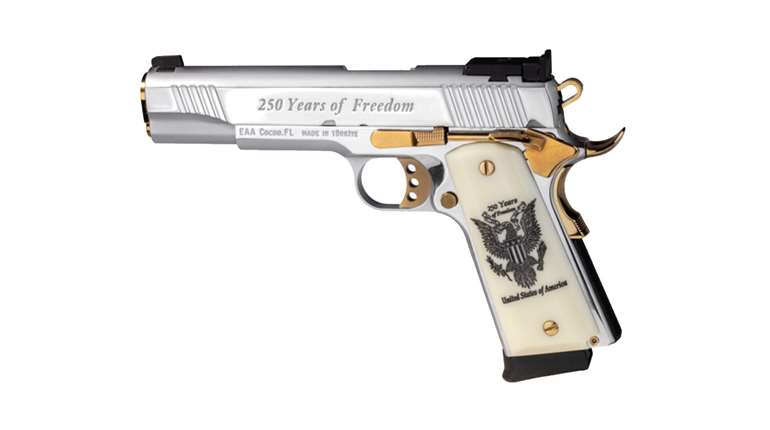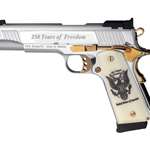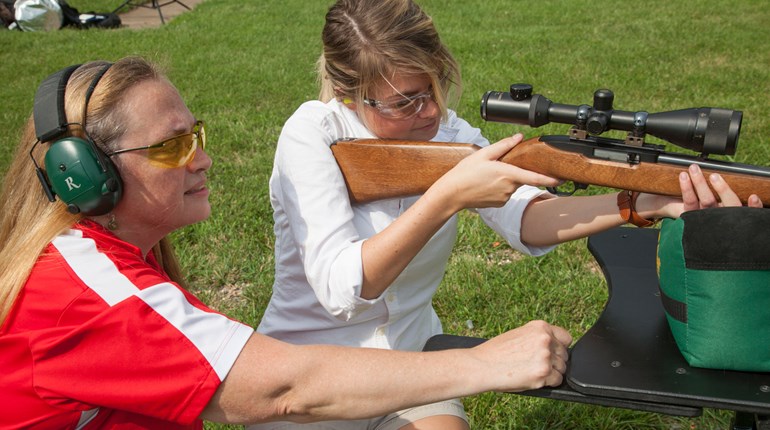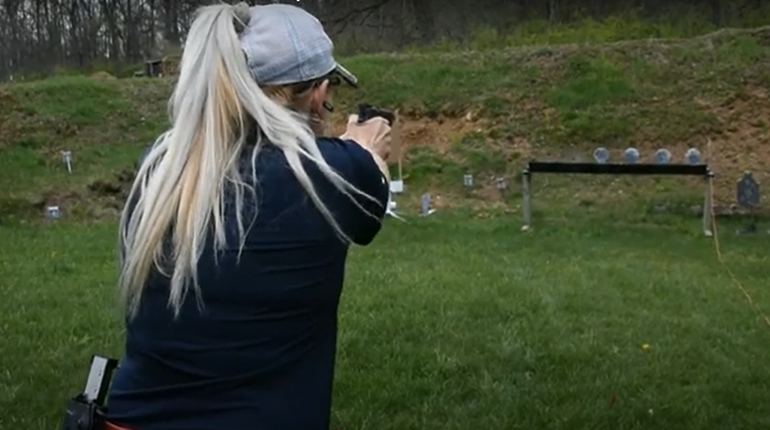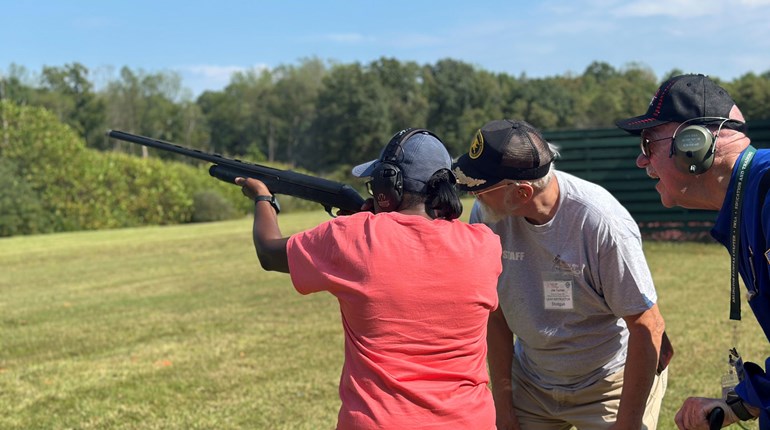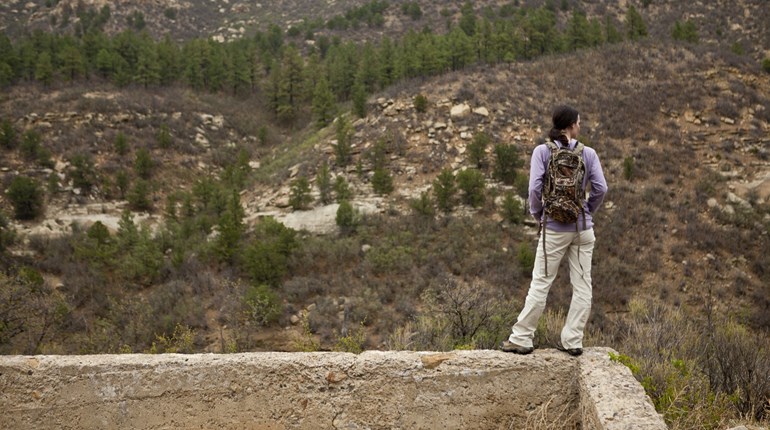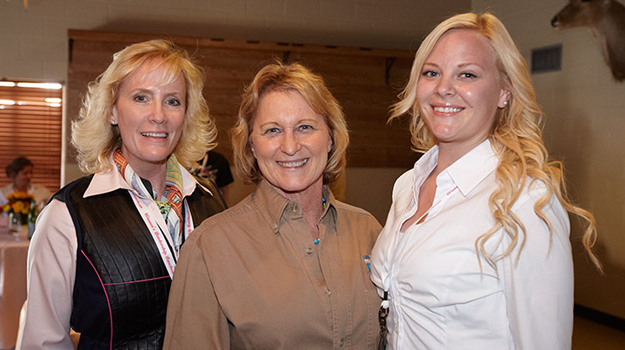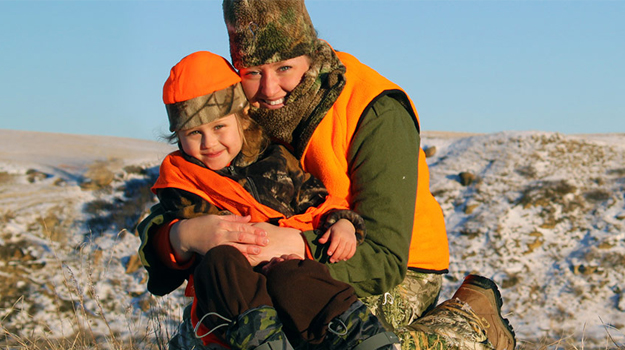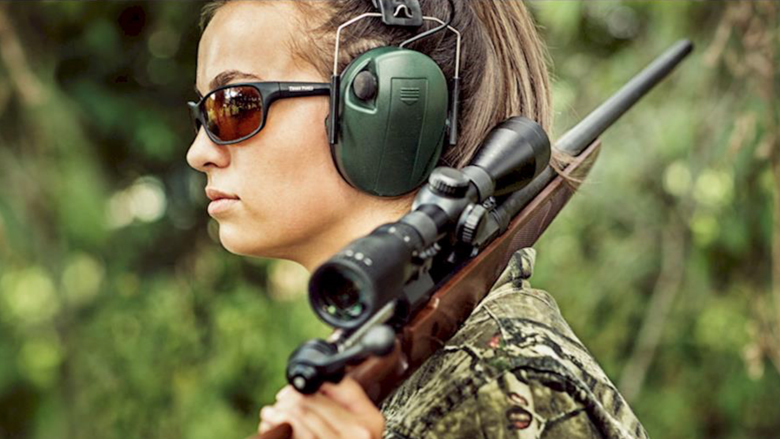One of the most discouraging experiences for shooters new to the semi-automatic pistol platform, or shooters with small hands—categories that include many women—is the inability to easily lock back the slide. In fact, it’s an action that has defeated many an otherwise competent shooter, often causing him or her to succumb to the notion that the only platform with which he or she will ever be comfortable is the revolver.
For women, this can be especially frustrating, particularly since the year 2020 has seen more new gun owners than ever added to its ranks, as well as the countless new models of defensive pistols from which to choose.
Screeeech!! Back up. As demonstrated in The Ultimate Technique for Racking the Slide on a Semi-Automatic Pistol, it’s abundantly clear that one does not need to possess super-human upper body strength or hand strength to easily manipulate the slide on a pistol. But the extra step of locking back the slide seems to confound many, at least at the beginning stages of training. In fact, there are plenty of examples where the improperly trained inadvertently engage in some unsafe practices, such as flipping the muzzle of the loaded pistol in an unsafe direction as they frenetically try to engage the slide lock.
So why is it that some folks seem to have no trouble with this function, while others struggle, spending inordinate time and effort into this necessary act? Do some shooters just have bigger hands and longer fingers that allow them to easier perform this function? In many cases, yes, and the rationale of differing physiology applies. But clearly there are plenty of small-handed shooters who have no trouble with this essential task. Do they know something you don’t?
In fact, they do—and that something is technique.
Before you practice this simple extra step demonstrated by Gunsite Rangemaster Il Ling New, be sure you have turned your body so that your pistol is facing downrange. Your finger should be entirely off and away from the trigger at this point, so in the event of a discharge, the bullet will land in the target or backstop. (Of course, this won’t happen if you remember to employ the NRA Rules of Gun Safety, which includes keeping your finger off the trigger until you are ready to shoot, and always being sure of your target and what’s behind it.)
You're now ready to get past this stumbling block once and for all, and look like the competent shooter you are, ready to partake in the fun of target shooting or the serious business of self-defense.
